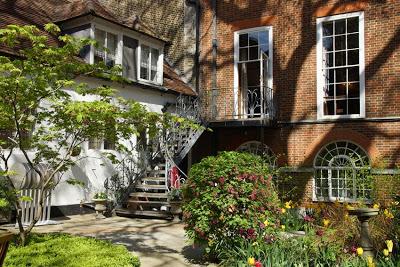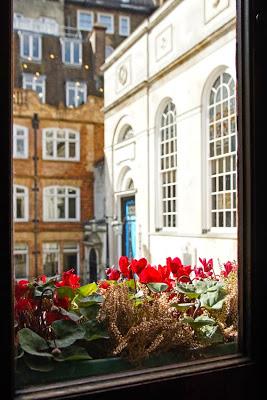
The Stationers' Company is over 600 years old, but unlike many of the oldest livery companies such as the Drapers, its members are still largely active in the same industries. Today defined as 'the communications and content industries', they have always included those working in publishing; just what that involves has changed enormously over the centuries. The original guild members wrote and illuminated manuscripts; when printing was introduced in the late fifteenth century, the Stationers embraced it; newspaper makers were incorporate in 1931; and today, they welcome those involved in digital publishing.
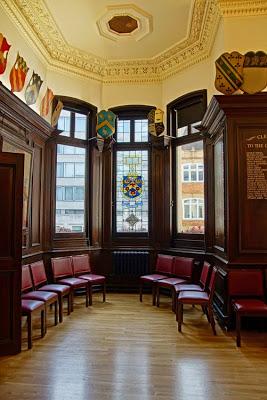
With such a long and varied history, it's unsurprising that a visit to the Stationers' Hall is a fascinating experience. One of the first interesting facts we learned was the origin of the term 'stationer': it comes from the way that unlike most medieval craftsmen, the creators and sellers of manuscripts did not move from customer to customer but set up 'stations' (stalls) around St Paul's Cathedral.
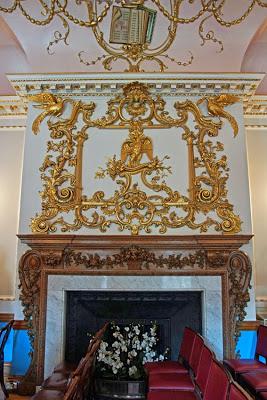
In 1559, the guild became a livery company - but with greater status came the responsibility of enforcing copyright. Once a member had asserted ownership of a 'copy' in the Stationer's Company Register, and paid a fee, other members were not allowed to publish it. The Company could not only search for and seize illicit copies, but also prevent publication of books which didn't have a government license.
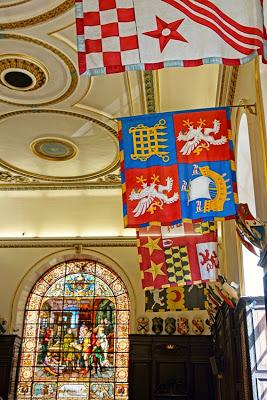
The seventeenth century brought a significant source of revenue to the company: it was granted a royal patent to form a publishing company, English Stock. Part of the publishers' profits went towards charitable purposes; much of that profit came from publishing almanacs, including Old Moore's Almanack which still exists today (although with a different publisher).
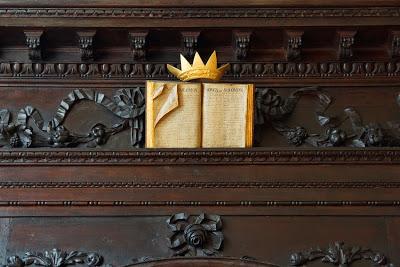
The Company is also proud of its connection with the King James Bible: the General Committee of Review met at their hall. The Bible thus appears in the decorations throughout the building, as well as on the Company's arms. It can even be see on a drainpipe!
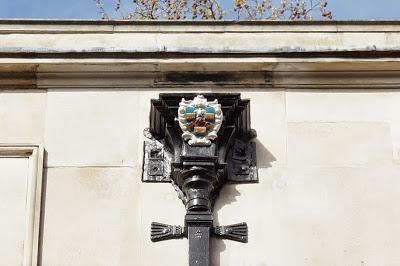
The hall itself has been at the current location since 1606. It was rebuilt following the Great Fire of London, with the new hall opening in 1673. There were then alterations in the eighteenth and nineteenth centuries, and further restoration after World War II. The result is a varied grouping of buildings around one of the Company's hidden treasures: its lovely garden.
